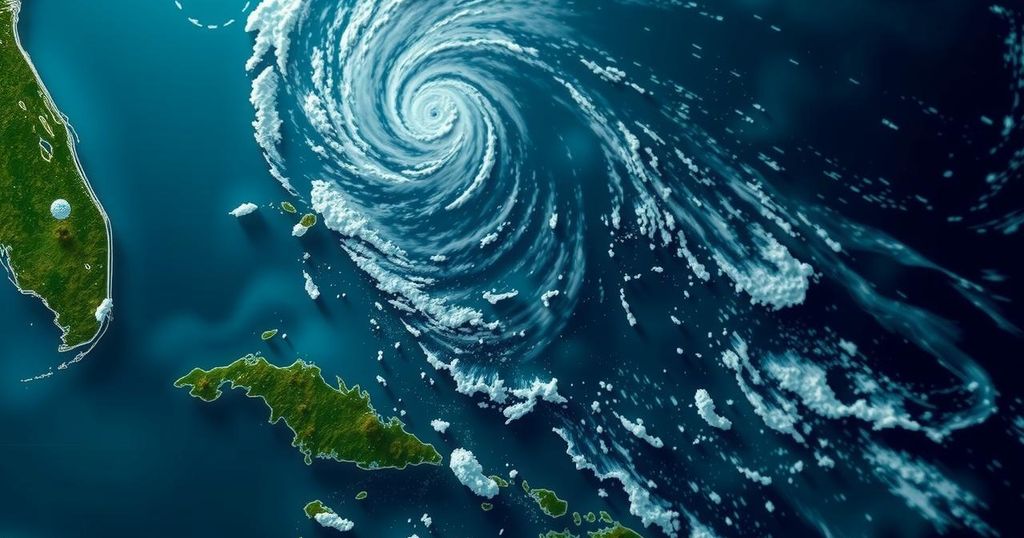Storm Milton Expected to Intensify as Florida Faces New Threats

Florida is preparing for Storm Milton, which is expected to strengthen significantly and pose life-threatening risks, particularly to the west coast, just ten days after the devastating impact of Storm Helene that resulted in substantial casualties and destruction across multiple states.
Florida is bracing for the impending arrival of Storm Milton, which is anticipated to intensify and pose significant risks, particularly to the state’s west coast. The National Hurricane Center has issued warnings that Milton, currently located off the Mexican coastline, could rapidly strengthen and generate life-threatening hazards for the already-struggling Gulf Coast communities. This development follows closely after Storm Helene, which was the deadliest storm to impact the mainland United States since Hurricane Katrina in 2005, resulting in a staggering loss of at least 225 lives, with many still unaccounted for. In response to this new threat, Florida Governor Ron DeSantis has declared a state of emergency across 35 counties to facilitate preparations aimed at restoring essential services and clearing transportation routes prior to Milton’s landfall. As of early Sunday morning, Milton had maximum sustained wind speeds of 60 mph (95 km/h) and was moving in a slow trajectory. Meteorologists predict that the storm’s impact could be felt as early as the middle of the week, with heavy rain and strong winds projected to begin affecting Florida from Sunday into Monday, peaking on Tuesday and Wednesday evenings. Forecasts indicate that rainfall across the Florida Peninsula and the Keys could measure between 5 and 8 inches (127-203 mm), with certain areas potentially experiencing up to 12 inches (304 mm). These conditions raise concerns regarding flash flooding as well as minor to moderate river flooding along the west coast. The situation is further compounded by ongoing recovery efforts from Storm Helene, which left extensive damage in its wake. The U.S. government has stated that the ramifications of Helene’s devastation may take years to address, particularly as large numbers of roads remain inaccessible, thereby impeding aid distribution to severely impacted regions. Helene initially made landfall as a category-four hurricane, resulting in widespread destruction, flash flooding, and the loss of power for millions of residents. As Florida faces another potential disaster, the need for effective emergency response and community resilience is more critical than ever.
The Atlantic hurricane season carries inherent risks, often resulting in significant human and economic impacts across affected regions. The recent storms have demonstrated the destructive power of hurricanes, with Storm Helene illustrating the vulnerability of coastal states such as Florida to extreme weather events. In the case of Helene, the loss of life and considerable damage underscore the importance of preparedness and effective emergency management. The forecast and tracking of storms by meteorological organizations, such as the National Hurricane Center, are essential for informing the public and guiding government response strategies.
In conclusion, as Storm Milton approaches Florida, the state’s authorities are mobilizing resources and declaring emergencies to safeguard communities from potential flooding and wind damage. The aftermath of Storm Helene remains a pressing concern, with recovery efforts still in their infancy. The dual threats from these recent storms highlight the importance of readiness and resilience in the face of increasingly volatile weather patterns.
Original Source: www.bbc.com






